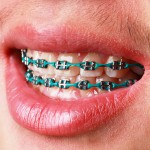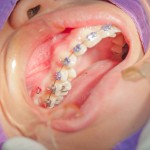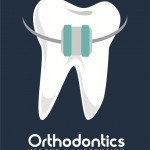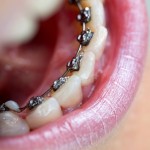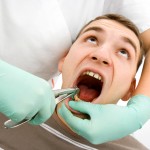
This review of early versus delayed initiation of space closure after tooth extraction on the rate of orthodontic tooth movement included 11 RCTs. The findings suggest little difference between the two approaches but the included studies are small and none of the theam are at low risk of bias.
[read the full story...]